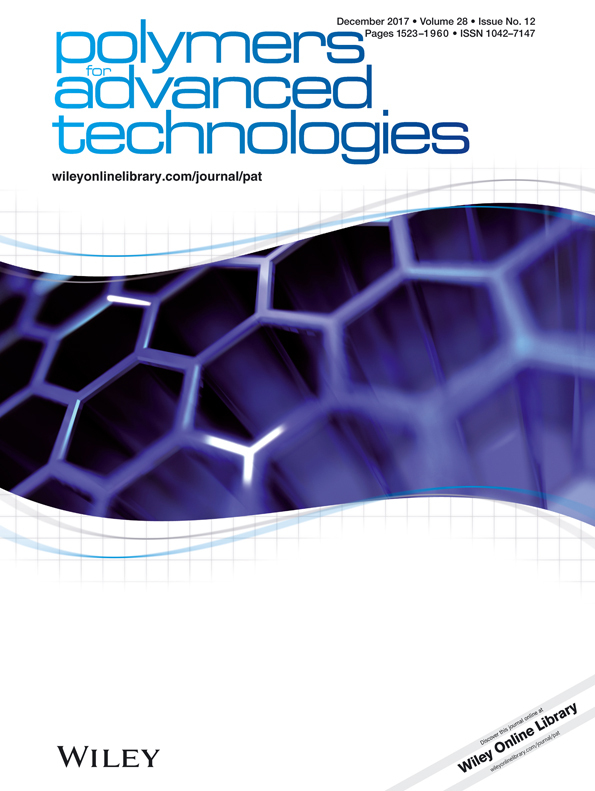Optimization of tribological behavior of nano clay particle with sisal/jute/glass/epoxy polymer hybrid composites using RSM
Abstract
The tribological properties are one of the most significant properties in many automobile components such as clutch plate, break shoe, engine liner, piston pin, etc. At present work, attempt on nano clay is loaded with natural fibers (sisal and jute), artificial fiber (E-glass), and epoxy resin. In this investigation, the specific wear rate and coefficient of friction are analyzed by pin on disc apparatus under dry sliding conditions. The experiment design carried by Box–Behnken design on design of experiment techniques with influence wear parameters, namely, filler content, applied load, sliding distance, and sliding velocity; its responses are analyzed by response surface methodology. The regression mathematical models performed for all the responses, and the most influential factors determined by analysis of variance technique, S/N ratio. The results indicate that the coefficient of friction and specific wear rates are minimized with the addition of filler content to the developed composites and further increasing, the response of composites may be varied. Copyright © 2017 John Wiley & Sons, Ltd.




